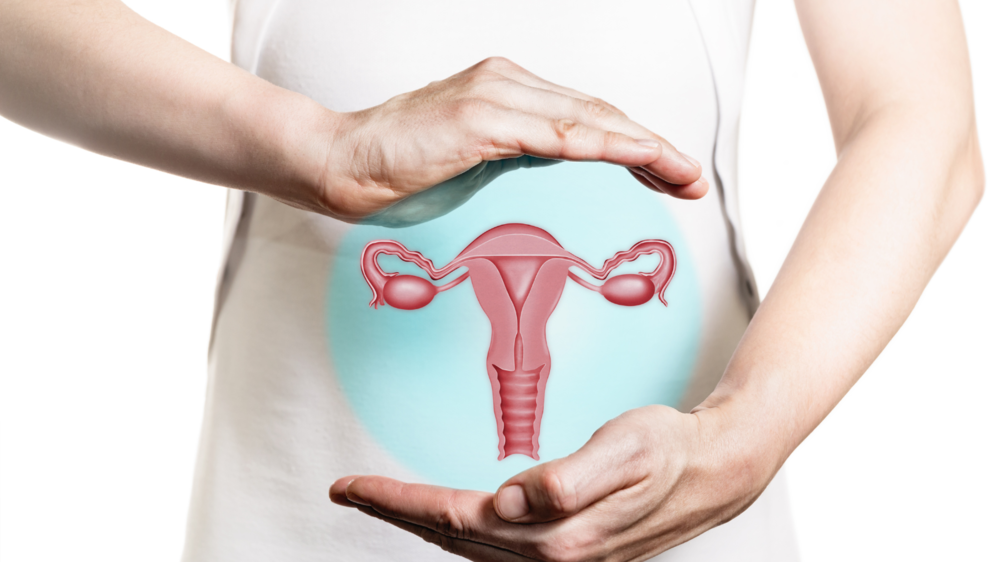In this article:
It’s a congenital condition, meaning present at birth.
Around 1 in 200 people assigned female at birth are affected.
Often, people don’t realise they have it until they face fertility issues or undergo imaging during pregnancy.
How Does a Bicornuate Uterus Affect Fertility
You may still conceive naturally with a bicornuate uterus, but the risk of complications can be slightly higher.Common fertility-related concerns include:
- Difficulty conceiving in rare cases
- Higher chance of early pregnancy loss (especially first-trimester miscarriage)
- Recurrent pregnancy loss
The uterus might not have enough space or an ideal environment for implantation and foetal growth, depending on how severe the structural difference is.
Symptoms You Might Notice
Many people don’t have any symptoms until a complication happens. However, you might notice:- Recurrent miscarriages
- Painful periods (dysmenorrhea)
- Discomfort during intercourse (dyspareunia)
- Abnormal vaginal bleeding
- Pelvic pain
- Premature labour in previous pregnancies
These symptoms may not always point directly to a bicornuate uterus, so proper imaging is essential.
How Is It Diagnosed
Diagnosis often happens during evaluations for:- Recurrent miscarriages
- Infertility
- Unusual symptoms during pregnancy
Tools used for diagnosis:
- Ultrasound (2D or 3D) MRI
Hysterosalpingography (HSG): A scan with dye that helps doctors see the shape and space inside your uterus and womb cavity. Hysteroscopy or laparoscopy in some cases.
Will It Affect My Pregnancy
Not always. It’s possible to have a safe and healthy pregnancy even with a bicornuate uterus. However, doctors do monitor such pregnancies more closely due to an increased risk of:- Miscarriage: Particularly in the first or second trimester
- Preterm birth: Less space can lead to early contractions or rupture of membranes
- Malpresentation: The baby could be positioned bottom-first (breech) or lying across the womb (transverse)
- Cervical insufficiency: The cervix may weaken and open too early
- Intrauterine Growth Restriction (IUGR): Limited space may slow the baby’s growth
Your obstetrician might suggest a C-section if the baby cannot turn into the head-down position.
Management and Monitoring
If you have this condition, the goal is to closely track your pregnancy with regular check-ups. This might include:- More frequent ultrasounds
- Cervical length measurements (to watch for early opening)
- Possible cerclage (stitching the cervix closed) if needed
- Bed rest or limited activity in case of early contractions
Your care team may also plan an early delivery if the uterus appears to be under stress.
Can a Bicornuate Uterus Be Corrected
Surgery (metroplasty) can correct some forms of uterine anomalies, but it's rarely recommended unless you've had repeated pregnancy losses and imaging confirms a significant defect.In many cases, non-surgical monitoring is preferred if conception has already occurred.
Coping With the Diagnosis
Being told you have a uterine anomaly can be distressing, especially when you’re planning or carrying a pregnancy. Here's how to cope:Stay informed: Understand your condition to make empowered decisions
Build your support team: Surround yourself with a caring obstetrician, counsellor, and family support
Attend all prenatal appointments: Regular monitoring can help avoid many complications
Ask for help: Whether it’s emotional or medical, support is key
A bicornuate uterus may sound intimidating, especially if you're trying to conceive or are already pregnant, but it's not the end of the road. Many individuals with this condition go on to have healthy pregnancies with the right care and medical support. The key lies in early diagnosis, regular monitoring, and open communication with your healthcare provider. While certain risks exist, being informed and proactive empowers you to make decisions that support both your well-being and your baby's health.
Disclaimer:
The information in this article is not a substitute for medical advice. Please consult your gynaecologist or fertility expert for guidance tailored to you.
FAQs on Born with a Different Uterus Shape? Here’s What It Means for Pregnancy
- Is it possible to have a healthy baby if I have a bicornuate uterus?
Yes, many people do. Your doctor may consider your pregnancy high-risk, but with consistent monitoring, full-term healthy deliveries are possible. - Will I need a C-section?
Not always. However, due to the uterus shape, your baby might be breech or sideways, in which case a C-section could be recommended. - Can this condition be detected before pregnancy?
Yes, if you undergo a pelvic scan or imaging during fertility evaluations, it can be identified. - How are a bicornuate uterus and a septate uterus different?
While both involve abnormal uterine shapes, a septate uterus has a fibrous band dividing the cavity, whereas a bicornuate uterus has two separate horns due to failed fusion. - Does a bicornuate uterus always cause miscarriage?
Not at all. While there is a higher risk, many people have successful pregnancies with no complications.






